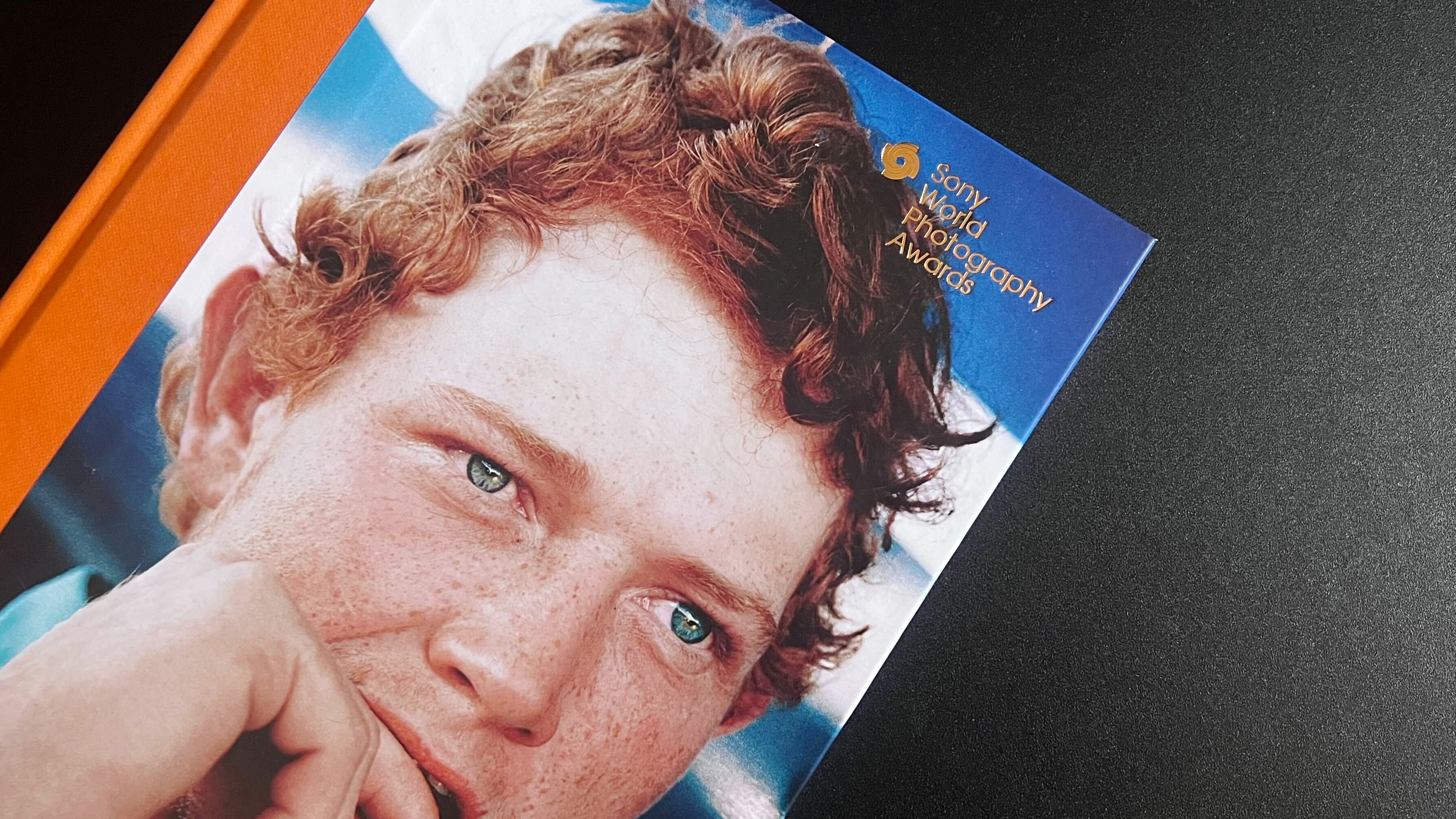The best travel drones
What’s the best and most portable drone to pack on your adventures? Here's our pick of the best travel drones
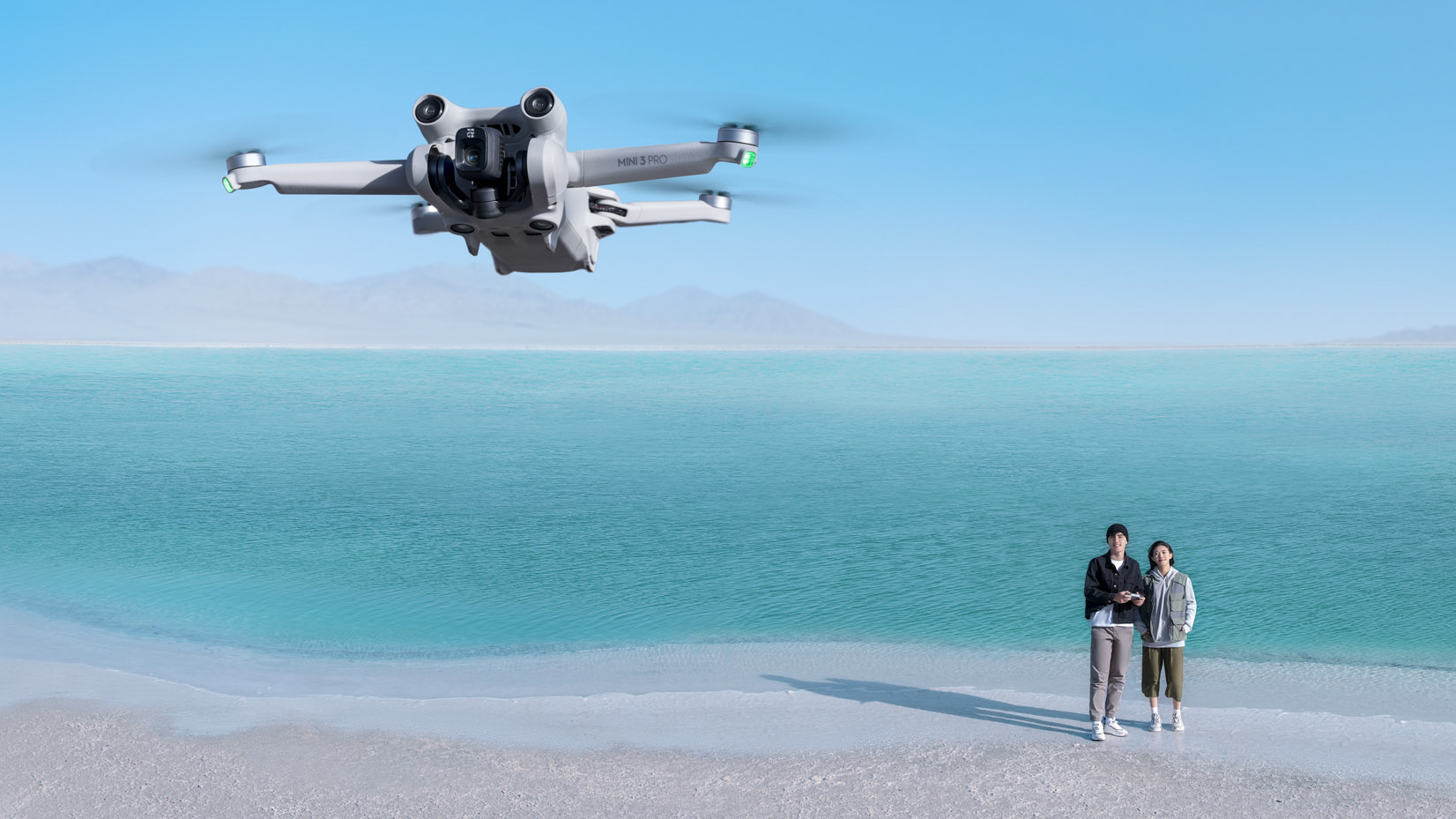
If you want vacation photography that really stands out, why not take it from the sky with one of the best travel drones? It's simple in theory, but any holiday can mean cramming a lot into a small space. That doesn’t stop you from taking a drone though. Many are very light and compact and, in this list, we’ve highlighted some of the best travel drones available today.
Other crucial criteria for travel-friendly drones we’ve looked at include ease of use – there’s no way your friends and family won’t demand a go. Similarly crucial is battery life, and of course how easy it is to charge on the go. A thoughtful travel case – even if it is an option – is something to think about. Manufacturers often do a good job accommodating their gear, and their bag can safely be placed in your suitcase.
Finally, the means of sharing content is a crucial factor. Even if you can carry a drone, that doesn’t mean you’ll have access to all your computing gear. Many drones record to MicroSD, but are there easier solutions to get to Instagram without card readers?
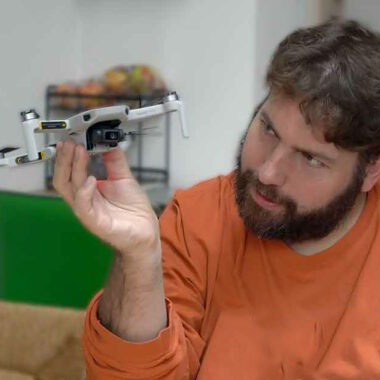
Adam has been writing about tech for two decades (and building and flying drones for most of that time). He is our resident expert on all aspects of camera drones and drone photography, and the author of several books on the subject including bestsellers The Complete Guide to Drones and The Drone Pilot's Handbook.
Editor's Picks
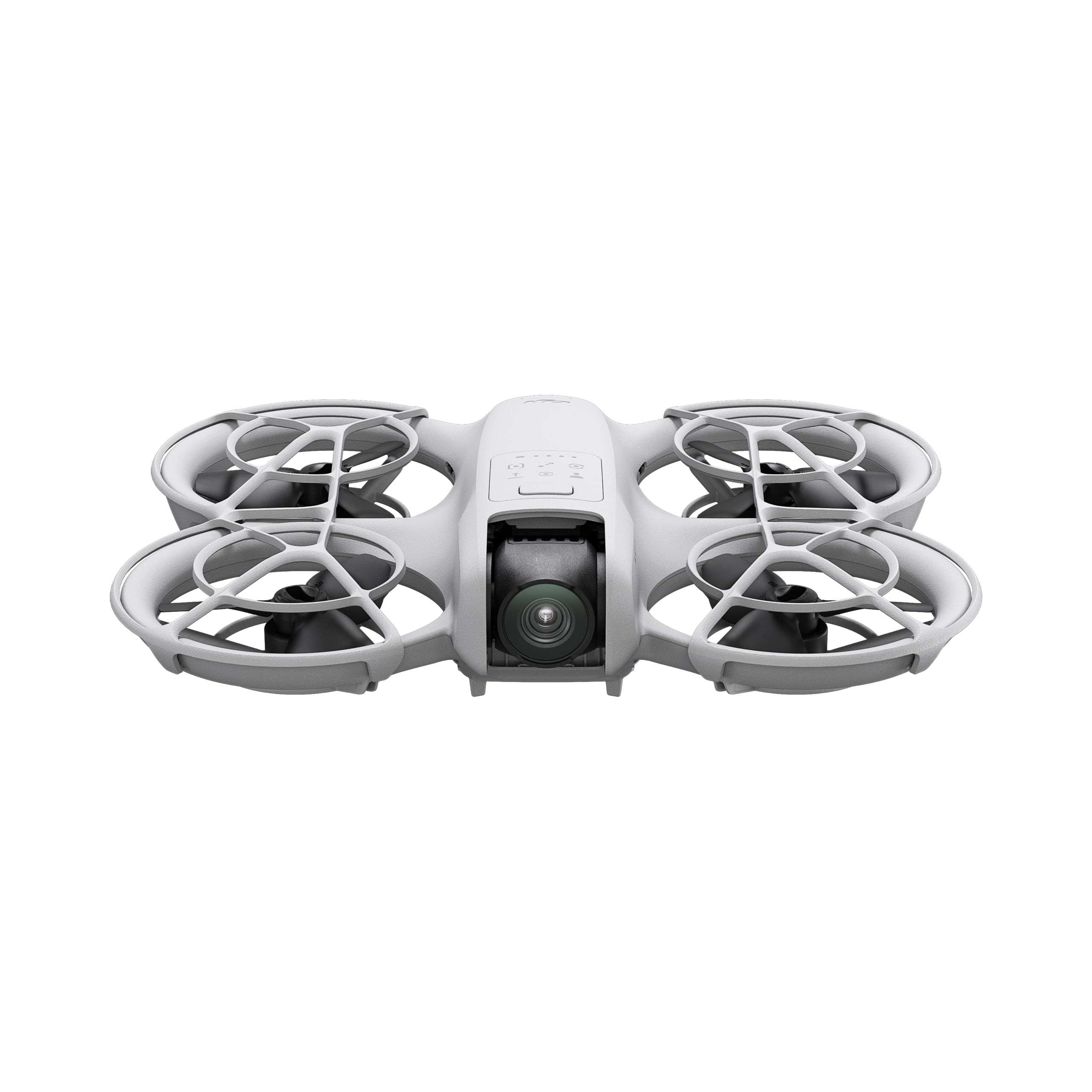
Super safe, easy to stuff in your pocket, and so easy to fly you don't need a remote! That said it's flexible – control using AI, a phone app, or a 'real' radio control – FPV goggles if the mood takes you.
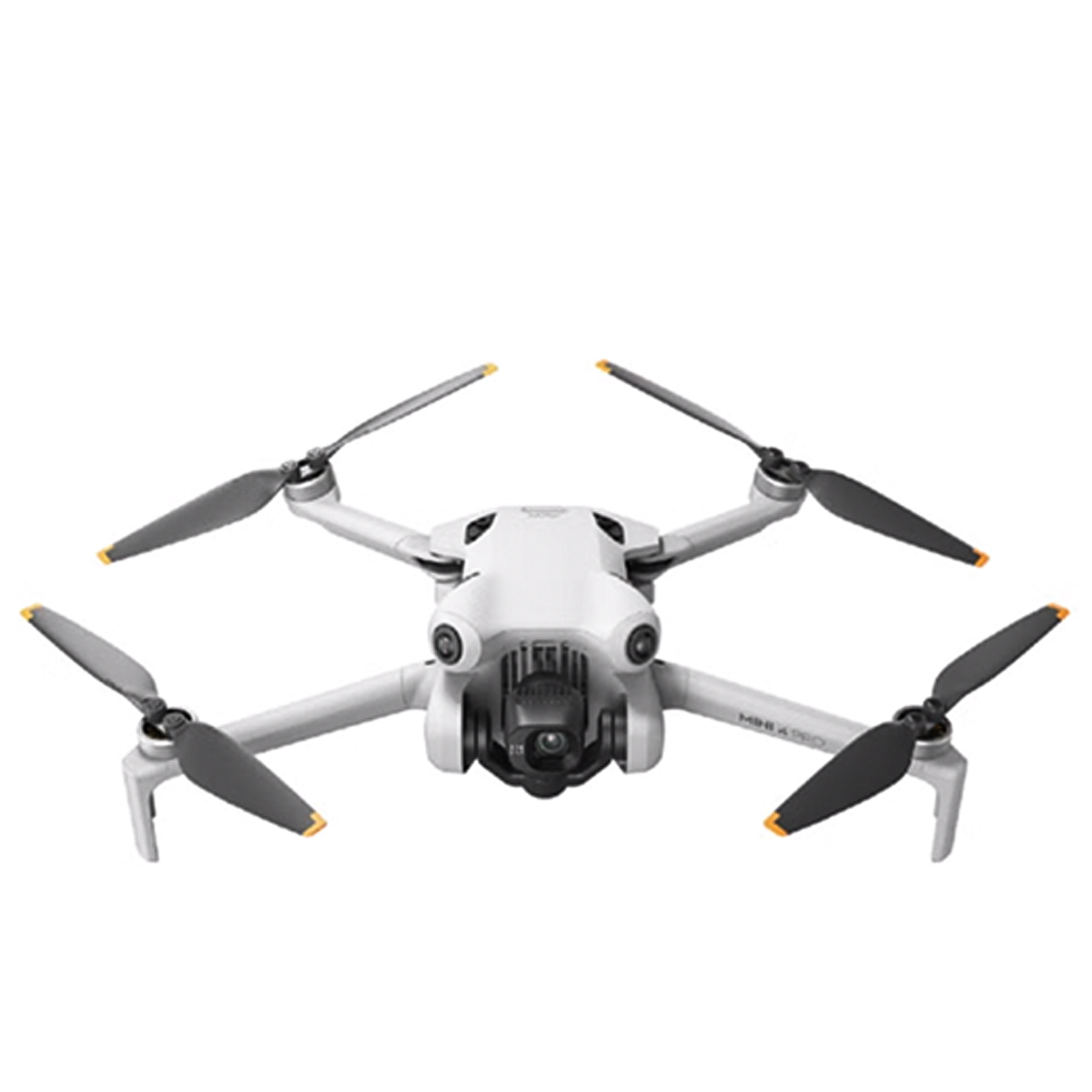
A high-spec camera in a drone small enough to be used safely (and legally) in most places, and small and light enough to take and charge anywhere make this a great choice for photographers & videographers.
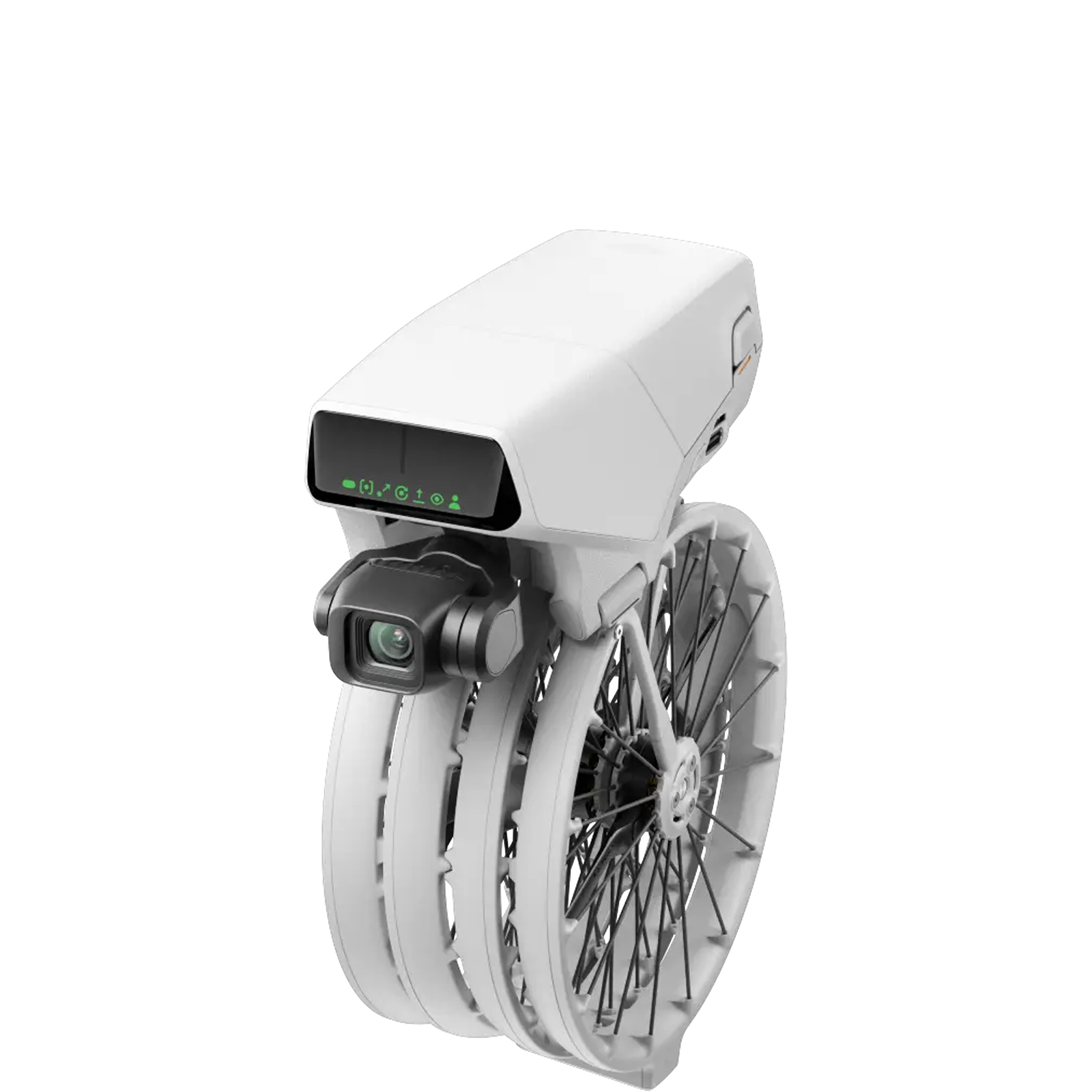
Incredibly safe and easy to pocket, the Flip boasts propellor guards, and 'family-friendly' features like auto hand-launch selfies BUT it's also a proper camera drone with a 3-axis gimbal stabilizing a 4K/100fps camera.
The best travel drones
Why you can trust Digital Camera World
Best Value Travel Drone
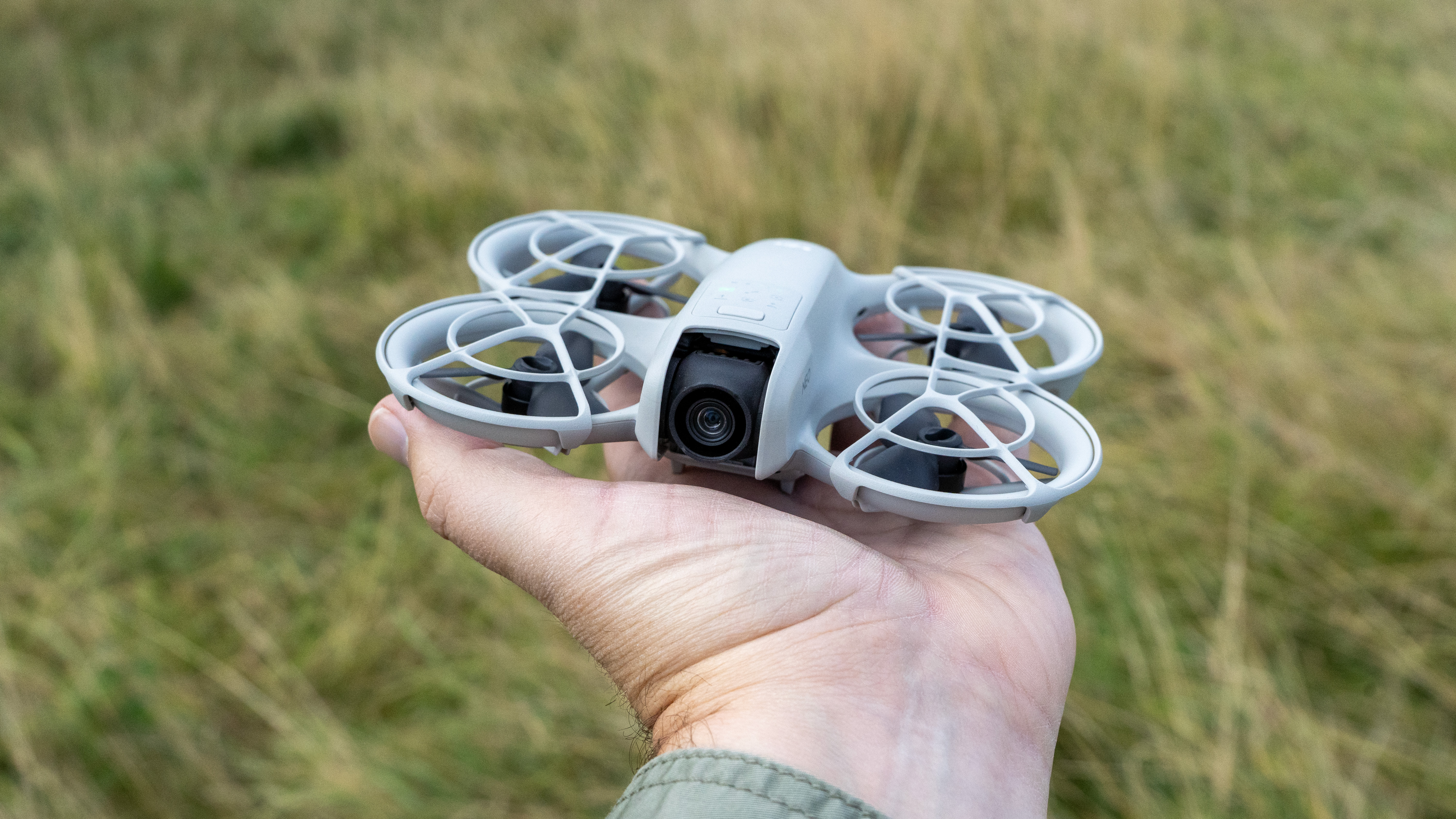
Specifications
Reasons to buy
Reasons to avoid
The DJI Neo is unusual in that it's cheap, surprisingly good quality, and fits in the pocket. Unlike a lot of drones, it doesn't even need a remote control, so you can take advantage of the relatively rugged design and get great videos of you out and about on your travels very easily.
The weight is also very low, making it extra safe. That's great if you're travelling with a family, and also good because you can sensibly use it in more locations. It's not just a fraction below the 249g restriction – it's almost half that.
The down-side is that you're looking at a drone which has a lower battery life than some, but, especially for grabbing clips of your travels, it still has a pretty good amount of power and you can top it up with any USB-C charger.
The stand-out brilliance of the Neo, though, is the flexibility. Not only is it a selfie drone you can launch from the palm of your hand, but you can control it with a traditional 'sticks' controller or one of DJI's floating joystick-style FPV (First Person View) controllers. In fact it's essentially the cheapest way to get an FPV drone with digital FPV video – and DJI has a choice of goggles. Neither are as cheap as the drone itself, but they let you sit 'inside' it remotely, which isn't possible with a lot of more expensive drone.
All this flexibility makes the Neo a great choice for anyone.
Read my full review of the DJI Neo with sample videos.
Features | Radio or phone control, optional FPV goggles, AI tracking, GPS etc. – all the features you'd hope for and more. | ★★★★★ |
Design | 1-axis gimbal and EIS in a tiny light frame make this light and simple drone surprisingly good for video. | ★★★★☆ |
Performance | Compared to serious photography drones, the lightweight nature makes it a little vulnerable and gives it a shorter battery life but it has already got better with firmware updates. | ★★★☆☆ |
Value | DJI's cheapest drone is also, incredibly, one of the most flexible – you a can even add FPV control. You simply cannot argue the value proposition. | ★★★★★ |
Best Premium Travel Drone
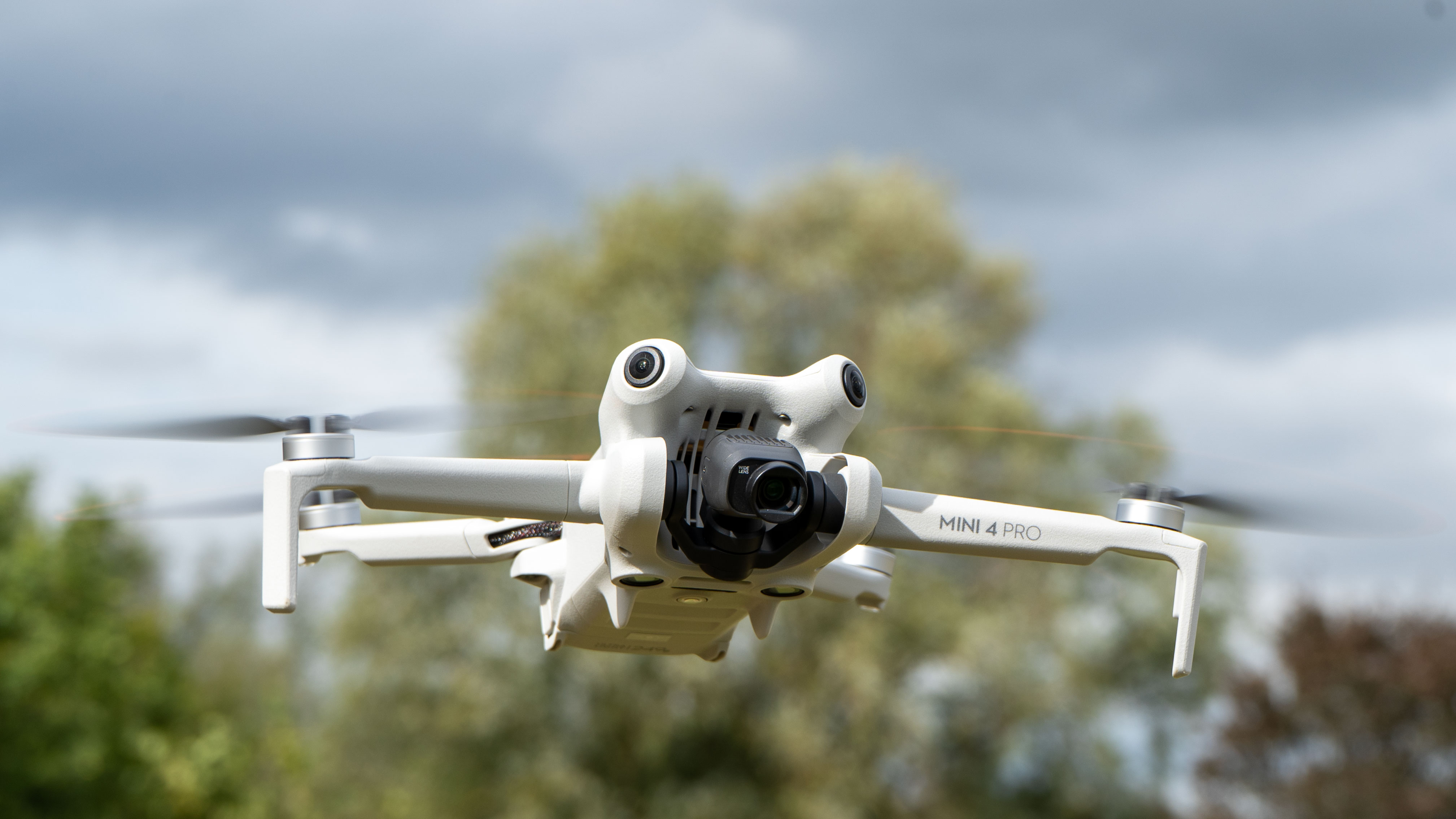
Specifications
Reasons to buy
Reasons to avoid
A light drone that folds up small, yet has camera and safety specs that can compete with the big boys? Absolutely. It does, of course, also come with a similar price tag so choosing the Mini 4 Pro is all about maximizing the camera at a minimum size and, significantly, sub-250g weight. The camera is excellent and even features the ability to switch to portrait mode, physically rotating the camera by remote control. This is ideal for social-media-focused content creators on the go. Serious videomakers will love the option of 10-bit video, too.
With all the GPS features – not just return-to-home but even waypoint mission planning – you've got a lot of options. The all-round collision sensors offer the ability to automatically circumnavigate obstacles so there are very high safety marks. The long battery life and 12km radio range further increase confidence on the road. These features combine to make it an ideal drone, even if you're inexperienced. I was also impressed with how this ultralight handles wind (though obviously there are limits).
If you stump up for the Fly More Kit you get a case with room for the controller, three batteries, and the device as well as spares. Choose the RC Pro remote with a built-in screen and the system is a ‘closed loop’ – no need for a phone to fly, which I find handy. Whichever remote you opt for, however, you can still transfer images & video to a device using QuickTransfer which is pleasingly fast.
Read my full DJI Mini 4 Pro review with sample video
Features | Although many users might not need all the features, this is the most portable drone that does everything and stays 'ultralight'. | ★★★★★ |
Design | It might look a bit bug-like, but the array of sensors and presence of a 3-axis gimbal (and option to rotate for portrait) is impressive at twice the weight. | ★★★★☆ |
Performance | The quality of the camera – given the practicalities of the weight limit – is impressive, and the drone is nimble in force 5 wind. | ★★★★★ |
Value | The features and quality are impressive, but you are definitely paying for them, so be sure you want 10-bit video and collision sensors! | ★★★★☆ |
Best pocket travel drone
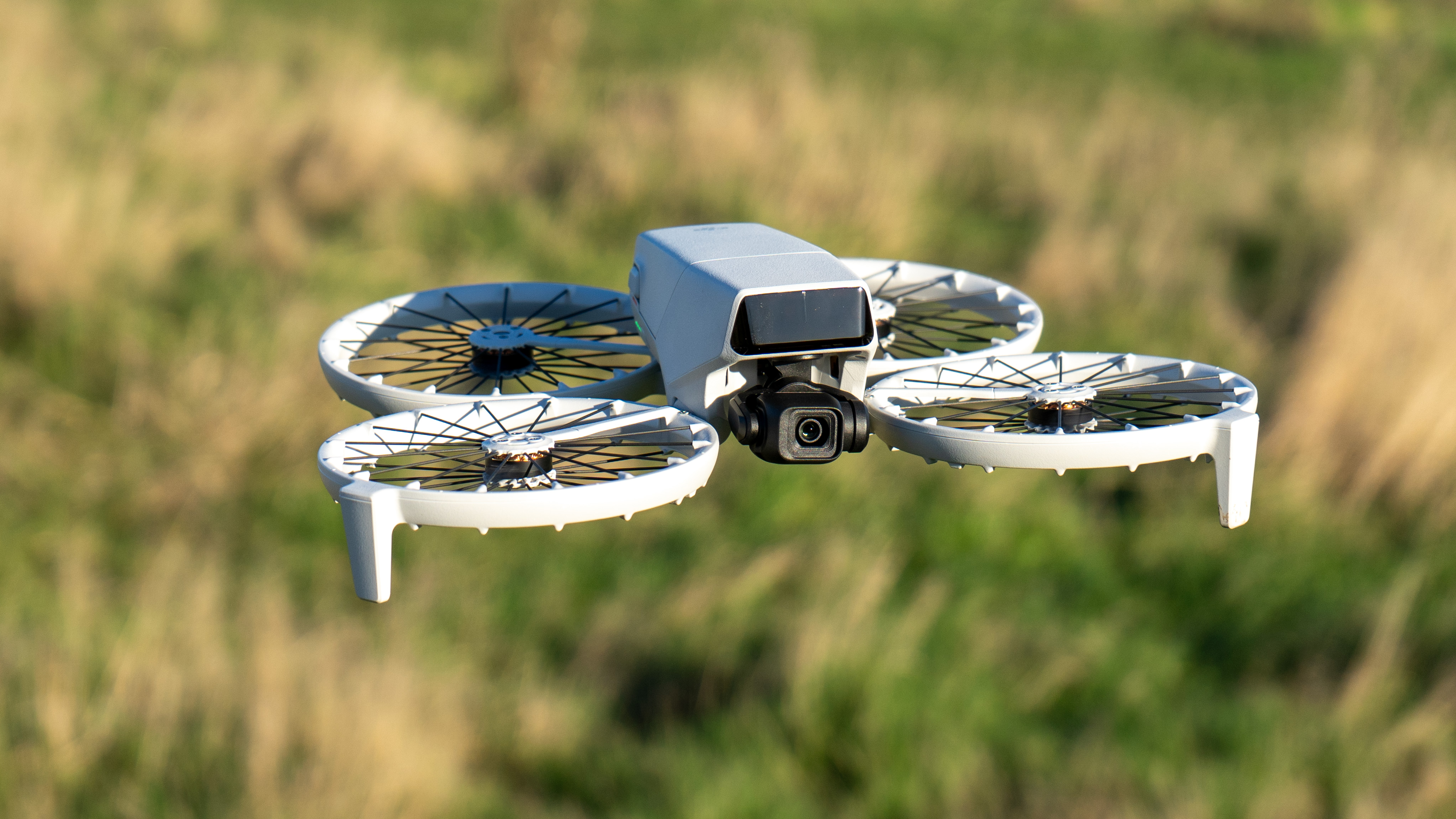
Specifications
Reasons to buy
Reasons to avoid
The DJI Flip sits well above the DJI Mini 4K and other previous 'Mini' drones in terms of specs, but brings a new, more rugged folding shape that puts the propellors into physically protected guards. All that and it's still under 250g so in the lowest weight category with fewest restrictions (no registration in the USA).
This has an obvious safety advantage—it is much harder to hurt someone with a rotating prop or damage a prop with a minor bump. However, it is also brilliant in terms of travel because you can fold the drone up and put it in a pocket without worrying about damage to the crucial aerodynamics of the props.
The other change in this design, compared to previous DJI drones, is the incorporation of selfie features. You can launch the drone from your hand and have it follow you with AI smarts, just like the Neo. Thus, it's a selfie drone as well as a high-quality photographer's drone.
Read my full DJI Flip review
Features | A 4K 100fps option and RAW capabilities make this a great camera, while hand-launched AI tracking mean you can leave the controller behind if you like. | ★★★★★ |
Design | Though it looks cumbersome, the spoked propellor guards fold up in a way I found easy to pocket. | ★★★★★ |
Performance | I found the drone achieved a half hour flight time similar to other drones of its weight, but with more features. It is very slightly noisier though, but all drones are noisy. | ★★★★☆ |
Value | You can get in the sky for a bit less but this is the best quality for the money at the moment and all the features make it, in my view, the best drone in its class for value. | ★★★★★ |
Best Pro Travel Drone
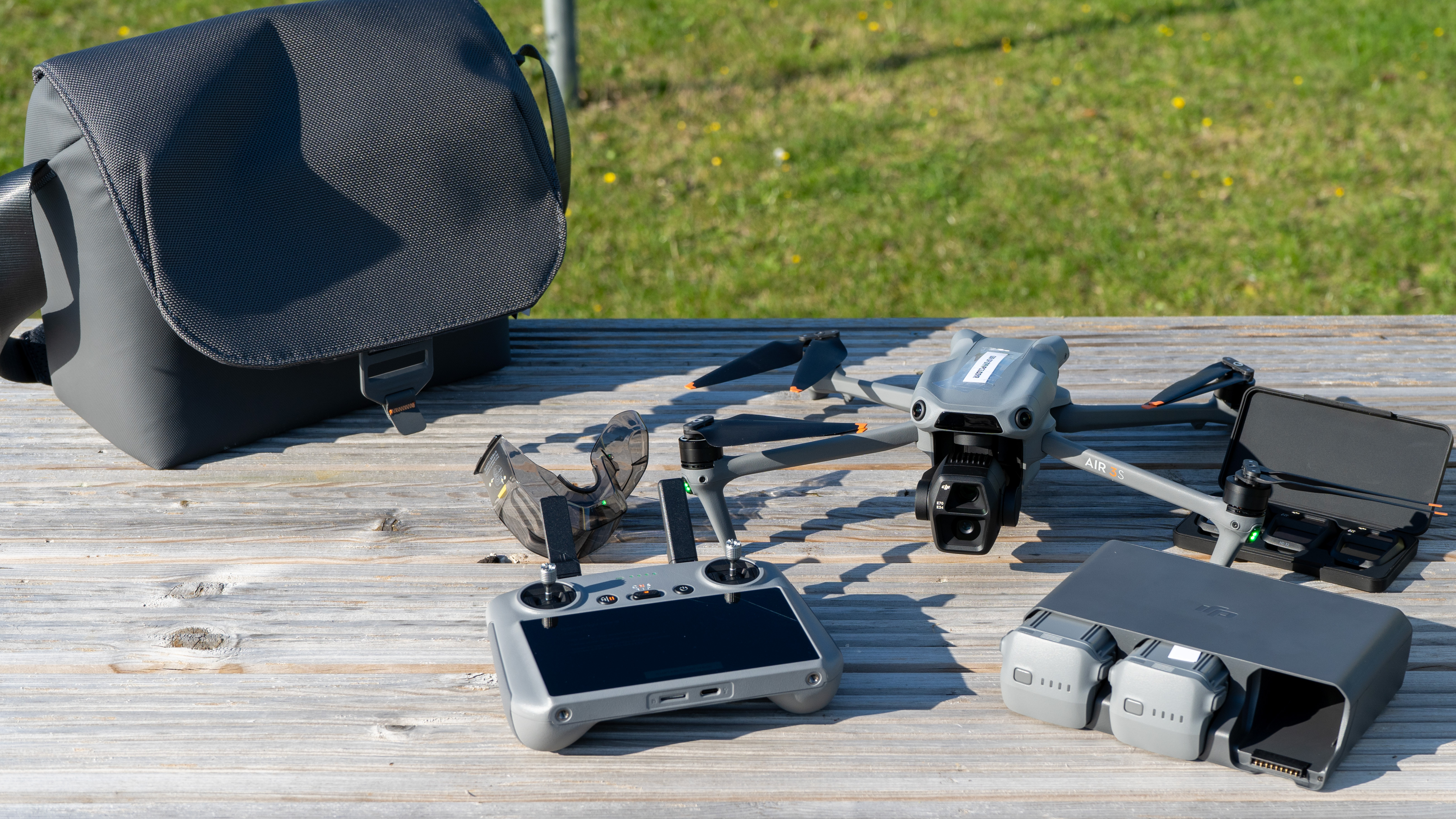
Specifications
Reasons to buy
Reasons to avoid
Still noticeably lighter and easier to carry than the top-of-the-line pro camera drone (the Mavic series), the Air is now one of the most powerful options full stop AND it's easy to travel with.
Its signature feature, compared to the other drones here, is the inclusion of a second camera at a mid-tele level of zoom (3x), a bit like most phones have, meaning that it is much more capable when it comes to creative video (and indeed surveying).
The main camera is 1-inch CMOS, 50MP, restoring the near-mythic sensor size of earlier Air models and providing 14 stops of dynamic range. The 1/1.3-inch CMOS, has 48MP Effective Pixels but the two are incredibly well-balanced. Both work well in lower light, supported by 'Nightscape' sensing whch seems to do a good job of avoiding obstacles even in the dark.
The drone also has a lot of 'just sensible' features, like 42GB of internal storage so you don't need (but can still have) a MicroSD card, and 'smart' RTH (yes, it'll avoid obstacles), plus the useful battery life of the drone really was above 40 minutes in my tests and the signal never seems to waver.
Read our full DJI Air 3S review
Features | Dual cameras, maximum software flexibility with waypoints, long flight time and LiDAR | ★★★★★ |
Design | Perfect implementation of the DJI folding design. | ★★★★★ |
Performance | 14-stops of dynamic range are claimed and it's easy to believe looking at the output from the perfectly matched cameras. | ★★★★★ |
Value | The price isn't a lot higher than the Mini 4 Pro, but your creative capabilities are massively extended. | ★★★★★ |
Best bargain
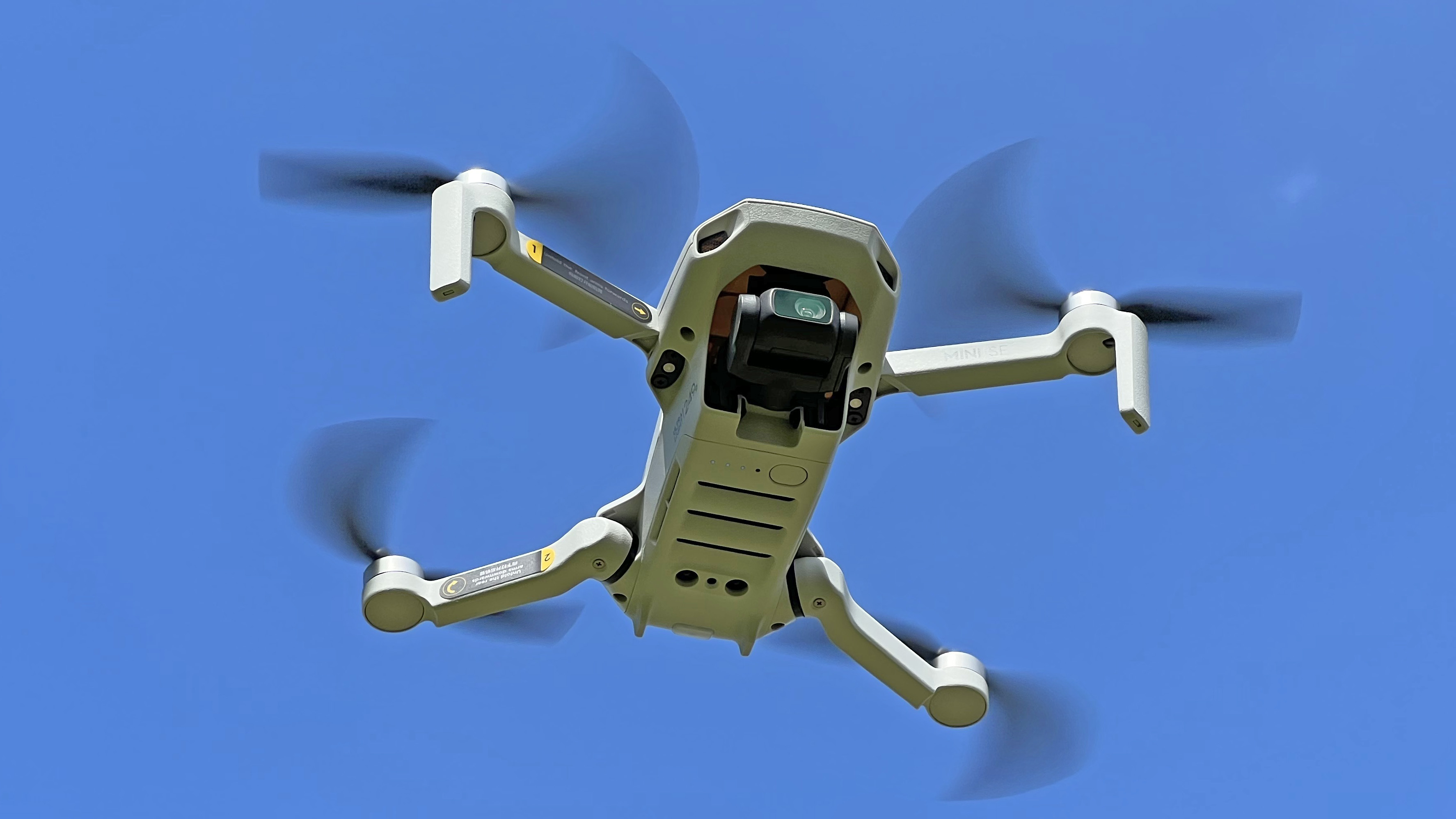
Specifications
Reasons to buy
Reasons to avoid
If you’re looking for something to give you good-looking pictures from the near sky, the Mini 4K is ideal. It isn’t the best camera but it’s broadly similar to many cellphones and – crucially for a drone – it is supported on a gimbal. This gives real image stabilization which makes for better video at 2.7K than you’d get at 4K with no, or only electronic stabilization.
It’s fun to create cinematic video effects (the ‘Dronie’ or ‘Helix’). They’re not technically subject tracking, but the drone can keep the camera on a spot and orbit it or shoot upward while panning the lens down, which all looks good on social media.
You can copy content from the MiniSE card using the app – not as fast as ‘QuickTransfer’ but perhaps something to do as you sip a drink at the end of a day on the beach and, if you want more time in the air and nice case, the Fly More kit will oblige.
Read our full DJI Mini 4K review
Features | A trimmed feature set can be an advantage for some, but will leave some wanting. | ★★★★☆ |
Design | Missing a star because the change I had been craving finally came with the newer Flip, but it is still an elegant design. | ★★★★☆ |
Performance | This is a responsive drone with good range and a decent camera (if you accept a small sensor). | ★★★★★ |
Value | The feature list is controlled on purpose, but they still represent great value, especially as this drone is often on offer. | ★★★★★ |
When drones aren't allowed
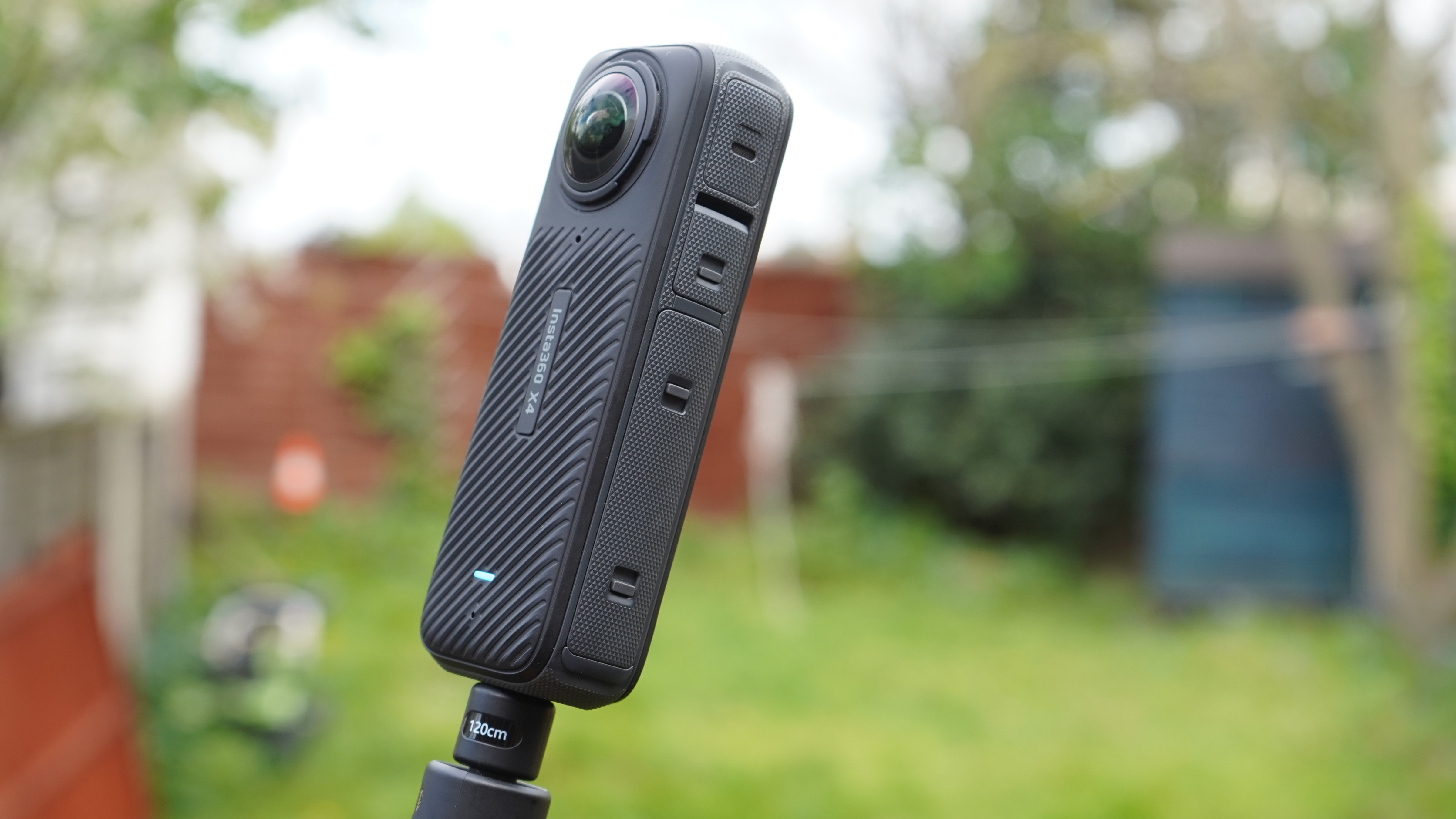
Specifications
Reasons to buy
Reasons to avoid
Okay, not actually a drone, but – in certain circumstances – the 360˚ camera can give a similar perspective. Not only that, but it's smaller than an ultralight drone and won’t challenge any aviation regulations, nor mind going underwater. Insta360 also offer a variety of length of extension pole – up to 3m (10ft) – so you can get a pretty 'aerial' view from a very public place even where drones are banned.
Insta360’s simple invisible selfie stick is a good start and the software eliminates the stick itself from the view, giving the impression from flying.
It records up to 8K from two opposing fisheye lenses (using a gyroscope), so it can effectively see in every direction at once, and capture good color and detail. You can crop this and stabilize the video after-the-fact, too and the AI tools will help you focus on a subject (or you can watch 360-degree video with devices like VR glasses that let the viewer look around themselves).
This Insta360˚ can also capture normal widescreen video if needed, potentially saving your phone from risky days out. The real fun, though, is using the fairly memory-hungry app to explore the results, selecting subjects to track, and extracting cropped video into something you can share.
Read my full Insta360 X4 review
Biggest Folding drone

Specifications
Reasons to buy
Reasons to avoid
At 221mm (8.7 inches) long, this isn’t a tiny drone when folded, but the clip-on cover DJI supply protects its delicate parts without occupying much more space. Weight-wise, too, it certainly isn’t light, but that is buying staggering flight times and a Hasselblad-branded dual lens camera system. The large 4/3rds sensor captures gorgeous detail in typical wide view (84˚FOV / 24mm efl), while a 12-megapixel offers 7x optical zoom (162mm efl) and 28x digital).
As this sits at the top of DJI’s consumer/pro range (as opposed to enterprise), it’s no surprise that it features all-round collision sensors, smart collision avoidance and a theoretical 15km (8 mile) range. In other words, there are safety features you’d trust with the kids, were it not for the price tag!
If you’re vacationing in beautiful, scenic and slightly remote locations away from crowds (where weight regulations matter more) you could ask for little more. We wanted the zoom camera to be as good as the main one, but it is still better than most.
Read our full DJI Mavic 3 review / Mavic 3 Pro review
How we test drones
Our drone tests are carried our in the field, allowing us to assess the quadcopter for its flight performance, easy of use, and its image quality. All our drone reviews are overseen by Adam Juniper who is one of the UK's leading experts in drone, and who has written several books on flying drones, including The Drone Pilot's Handbook.
FAQ
Can I take my drone to another country?
Yes, you can take your drone to another country, but you must respect the rules in the country you are flying in. You should check these before you travel.
Travellers need to remember that Europe and the UK are now separate regions legally, and British citizens should remember than now Brexit has taken effect UK residents will also need to register as operators in the European country that they plan to operate in. It is a similar process to in the UK, and can be done, in English, via the EASA site.
You might also like
Read more:
Best accessories for your drone
The best drones for beginners
Best drones for kids
The best DJI drones
The best indoor drones
The best underwater drone
Best drones for fishing
12 things you need to make money from a drone
The best camera insurance for photographers
The best camera backpacks
Best travel adaptor
Get the Digital Camera World Newsletter
The best camera deals, reviews, product advice, and unmissable photography news, direct to your inbox!

With over 20 years of expertise as a tech journalist, Adam brings a wealth of knowledge across a vast number of product categories, including timelapse cameras, home security cameras, NVR cameras, photography books, webcams, 3D printers and 3D scanners, borescopes, radar detectors… and, above all, drones.
Adam is our resident expert on all aspects of camera drones and drone photography, from buying guides on the best choices for aerial photographers of all ability levels to the latest rules and regulations on piloting drones.
He is the author of a number of books including The Complete Guide to Drones, The Smart Smart Home Handbook, 101 Tips for DSLR Video and The Drone Pilot's Handbook.
